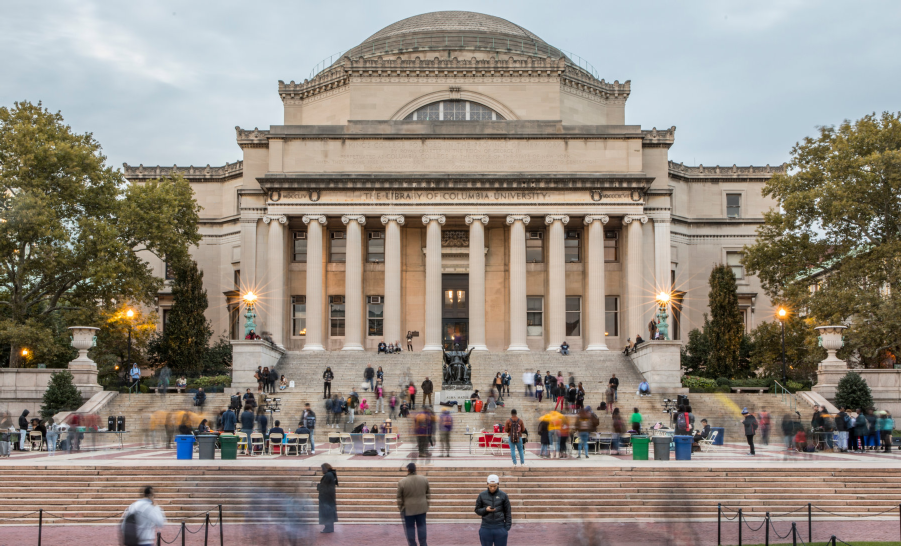Three Ideas for Post-Coronavirus Educational Recovery
There are many ways that schools can proactively address the inevitable and inequitable gaps caused by coronavirus-related school closures.
Gunther & Benson / Journal of Working-Class Studies / December 2021

In recent years, selective colleges and universities have made diversifying their student bodies a top priority, yet the class diversity on these campuses has barely shifted. While most research on class disparities in college admissions focuses on student explanations, this study seeks to understand how campus admissions approaches to recruitment may also contribute to why so few lower-income, first-generation, and/or working-class students (LIFGWC students) attend selective colleges. To address this question, we conducted interviews with seven admissions officers from selective campuses with both relatively strong and weak records of LIFGWC students recruitment. Institutions with stronger records of recruiting LIFGWC students actively sought out new initiatives to make their college more accessible for LIFGWC students, and these actions were motivated by a shared focus on improving larger societal inequality. Although campuses with weaker records also expanded their recruitment strategies, their efforts were often piecemeal and motivated by competition for students and institutional rankings rather than a larger mission to improve diversity and equity. These findings suggest that institutional missions and philosophies are central to increasing access.